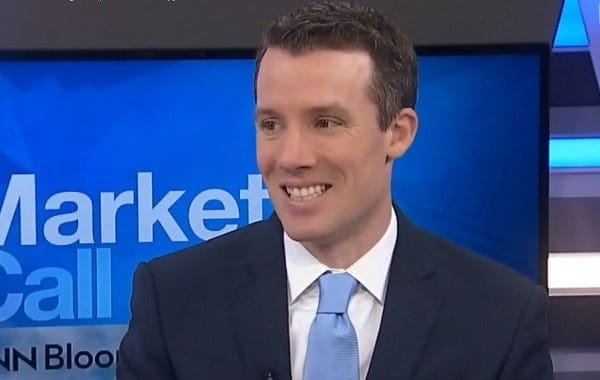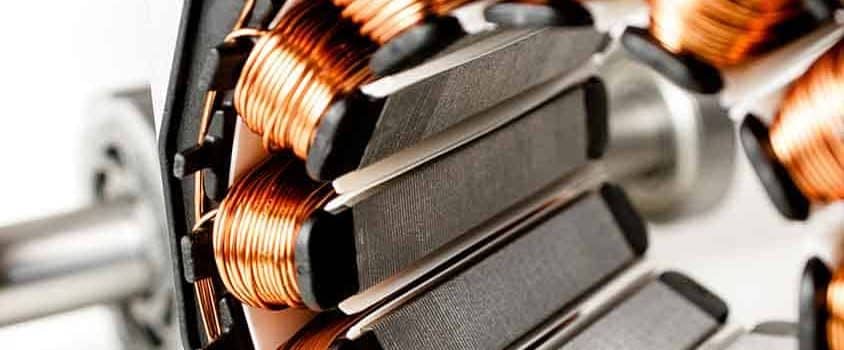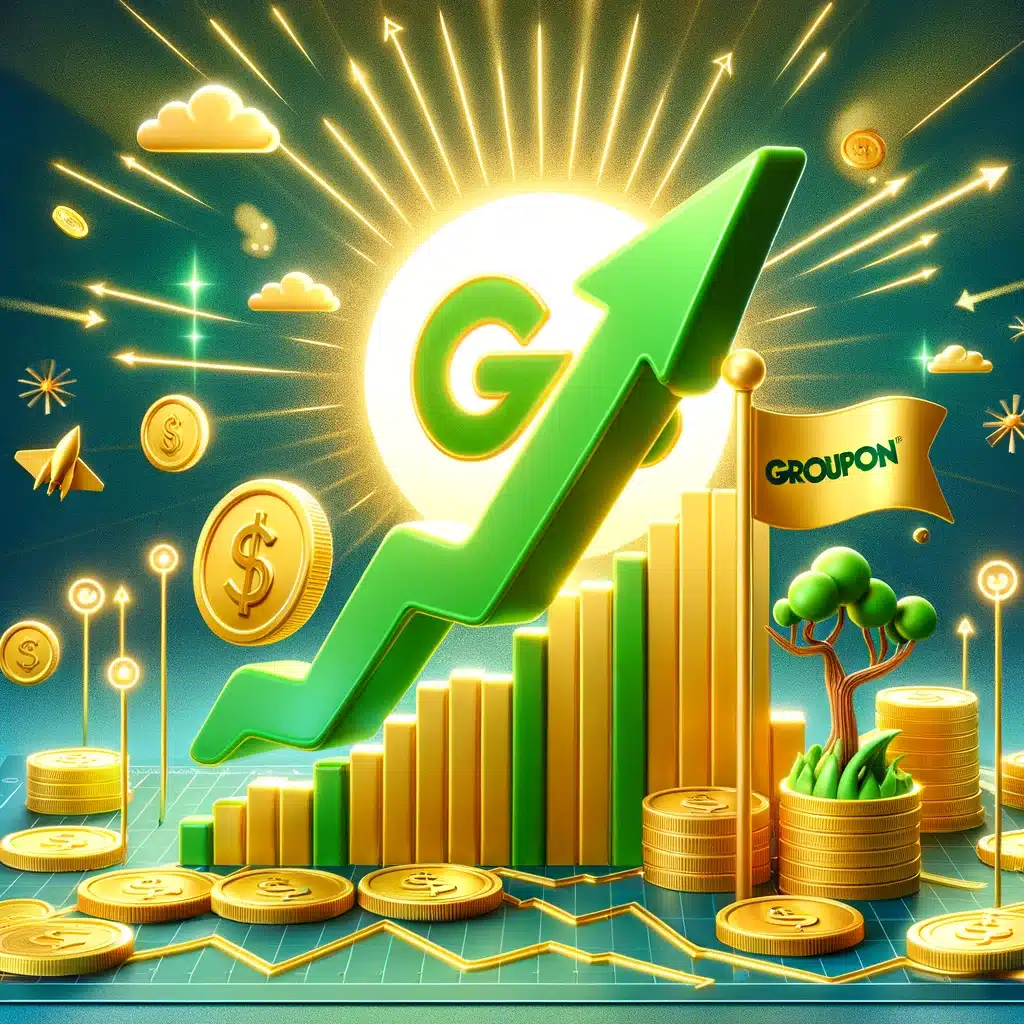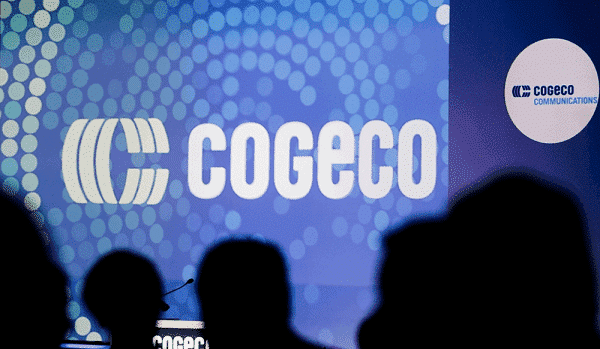

After a disappointing 2018, BCE cleaned up last year, rising 11.6 per cent and beating its top telco rivals Telus and Rogers which ended the year up 11 per cent and down 7.8 per cent, respectively.
The ultra-low interest rate environment may have something to do with BCE’s success, as the market tends to favour the utilities when rates are down and investors look for wealth-accruing defensive plays.
But BCE has shown up in recent quarters, as well. The company’s third quarter 2019 featured a profit of $867 million, up from $814 million a year earlier, while operating revenue also ticked higher to $5.98 billion from $5.88 billion a year prior. On an adjusted basis, EPS were $0.91 per share versus $0.92 per share expected from analysts.
The quarter also featured 204,067 net new wireless customers, up 14 per cent year-over-year and a standout feature of its quarter, according to management.
“With exceptional execution by the Bell team in Q3, we achieved industry-leading subscriber growth – including record Q3 net wireless customer additions – improved customer satisfaction and a strong financial performance,” said George Cope, then-President and CEO, in an October press release. “This includes our 56th consecutive quarter of increased year-over-year adjusted EBITDA and continued strong growth in the free cash flow that fuels our network investment and shareholder value objectives.”
BCE’s share price started climbing on the Q3 release in late October but it tailed off at the end of the year, erasing some of the year’s gains.
Bushell says investors shouldn’t expect too much from BCE in 2020 — or in any year, for that matter — as the stock’s strength lies in its yield, which currently sits at 5.25 per cent.
“It’s up pretty significantly over the past five years and with that size of a dividend, when I look at a company like this I ask how much am I getting in cash in my pocket every year,” says Bushell, president and portfolio manager at Newhaven, speaking with BNN Bloomberg on Monday.
“My total return expectations, over the last 20 years both the TSX and S&P 500 have done a little over six per cent per year annualized. So, with BCE, you’re getting five out of that six or seven per cent from the dividend, so the share price doesn’t have to move forward a lot to give you that nice total return on a long-term basis,” Bushell says.
“Even a dollar or two a year is perfect,” he says.
At the same time, Bushell thinks there is upside available if BCE can manage to increase its earnings going forward.
“If you’re looking at the stock today, it’s had a great run up to $64, $65 last year, and at those levels, I was going, boy, I don’t know what’s going to drive this thing higher from here,” Bushell says. “It’s a slow growth, slow dividend growth story.”
“I think that share price can continue to grind higher so long as they can grow just a little bit. But you’re not going to wake up next year and it’ll be $80. It’ll be a slow grind,” he says.
Leave a Reply
You must be logged in to post a comment.





 Share
Share Tweet
Tweet Share
Share




Comment